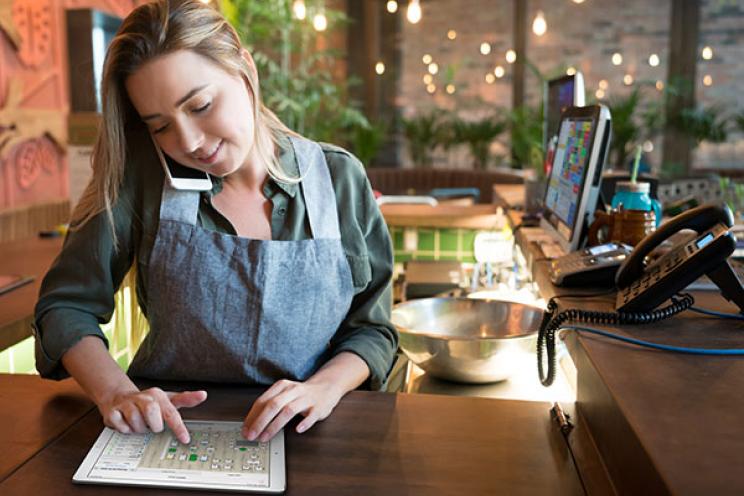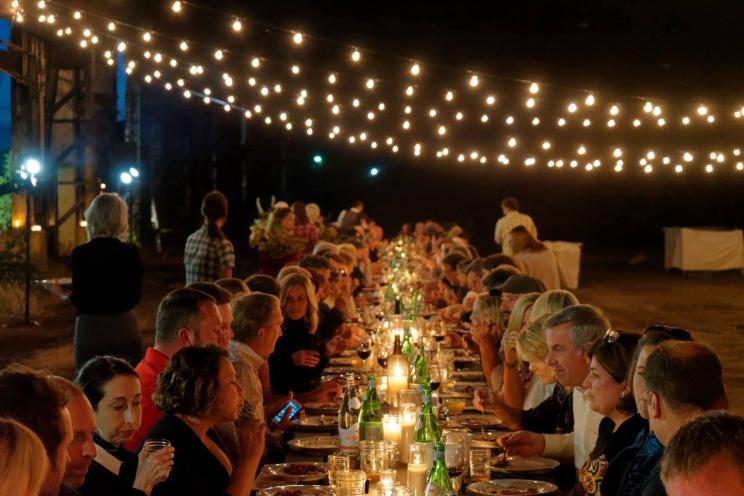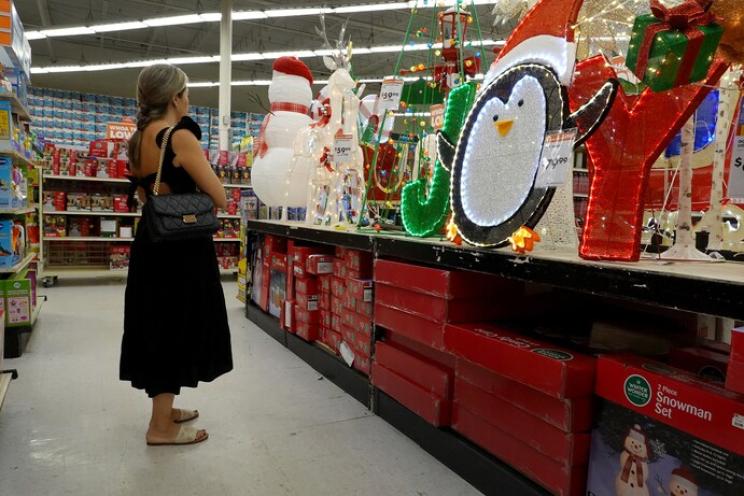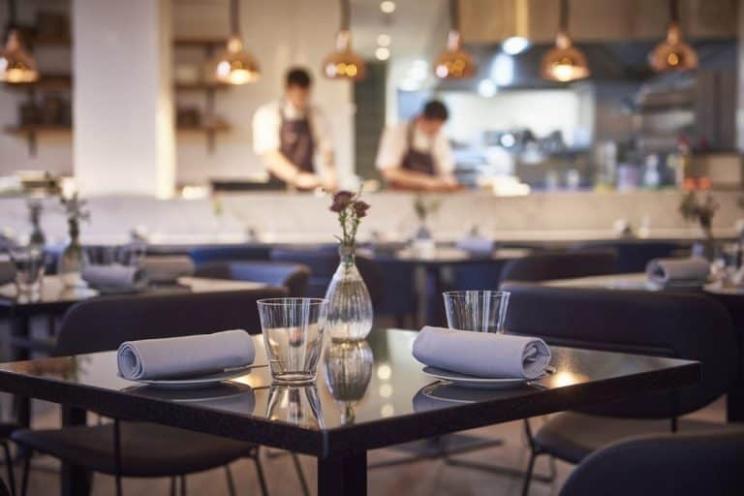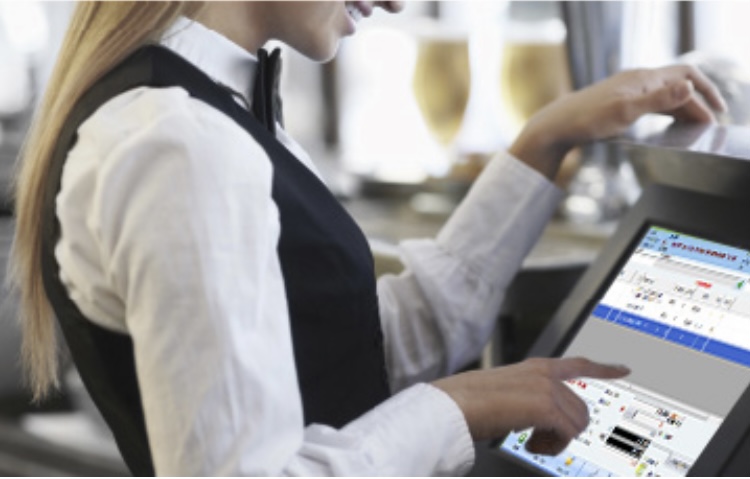
Why do you need a restaurant POS and not a retail POS for your restaurant?
One of the critical decisions to make for your business is choosing a POS system.
You have a lot of options in the market and different features to look for. Most of the business owners are familiar with POS and their employees are thankful for it due to its benefits and efficiency.
But hold on.
Do you think that getting a POS for your restaurant is the end of the story?
Well, you’re wrong!!
You have to get a restaurant POS and not a retail POS. it’s an easy trap that you might fall in because of the similarities of both systems.
It’s true that you may use a retail POS at your restaurant but that doesn’t mean you should.
First, what is a POS?
The POS or point of sale is the place where the transaction of sale is completed for products or services. It’s the place where customers execute the payment for their purchases and POS terminals are used to process card payments through a computer or a mobile electronic device.
Differences between retail POS and restaurant POS
Software differences
In a retail business, the transaction is considered completed once the payment is made in the POS terminal. The buyer purchases certain items that are scanned with a barcode scanner then added to the transaction. The buyer then chooses the method of payment and the sale is closed after the printing of the receipt.
Each product sold and found in the transaction is linked to an inventory with a certain stock level and of course a barcode.
In case of a return or exchange, another receipt is issued where the item barcode is scanned and processed in the system to be returned.
In a restaurant though, things happen differently. Visualize the order and checkout process at restaurants.
Are there any barcodes for your platters?
Does the transaction immediately close after you order?
If you need to change the order, does the waiter issue another receipt and scan the replaced item?
Of course not.
At a restaurant, the waiter uses the POS to input the order which in its turn is automatically conveyed to the back of house (kitchen). Menu items or platters are not designed by barcodes rather by descriptions or graphics.
The software of a restaurant POS is designed in a way that keeps it open until the customer is done eating and is ready to pay the bill.
The customer can hence add any drinks, platters, dips or replace an order if the kitchen staff didn’t start preparing it in the same transaction.
The interface of a retail POS is different from a restaurant one where in the first it’s designed for products to have numbers as a barcode while in the second it’s designed with menu titles for easier management.
In the case of a take-out or delivery, the transaction is immediately closed.
Hardware differences
As explained earlier, transactions at a retail business are closed immediately while at a restaurant they are only closed before the customer leaves and after he finished his meal with the exception of take-out and delivery.
What does this tell us about the hardware differences?
Despite the similarities, a retail POS terminals are immovable because obviously, they don’t need to be moved and they are equipped with barcode scanners, cash drawers and scales and label printers for items that don’t have a barcode.
At a restaurant, the POS system has portable tablets that enables waiters to update orders, add platters or drinks at any point of the process. That’s why you see waiters rolling with restaurant tablets in their hands.
Since the placed order goes back to the kitchen, the restaurant POS hardware features kitchen printers for printing kitchen tickets as well.
Payment terminals at a restaurant are usually mobile unlike retail payment terminals.
Imagine that you have to go and wait in line when you finish your meal to pay the bill?
Restaurant POS specific features and benefits
Recipe management
The specific restaurant POS feature allows you to access unlimited recipes while tracking your stock. It enables faster and more efficient service and enhanced customer service.
Restaurant reservation software
Restaurant POS features a software for table reservations where hostesses and waiters can reserve, seat, change floor plans and update reservations.
Menu engineering
This feature allows you to track your customers’ preferences and your best-selling platters so you can analyze your data and highlight the highest profit margin items.
The POS system is the subsistence of your business. While you may think that it’s ok to choose a retail POS for your restaurant, choosing the right restaurant POS is your must-have POS without any hesitance. You are already investing in a POS so choose the most suitable one for your business type.
Think about the benefits and the efficiency that you will reach in your operations before anything.


